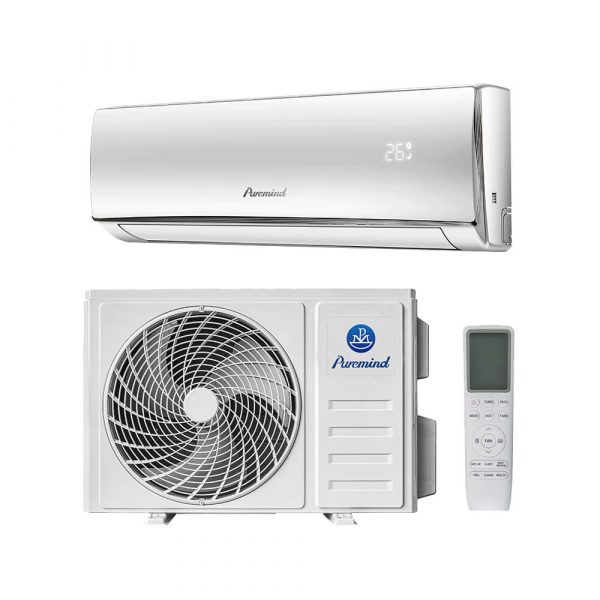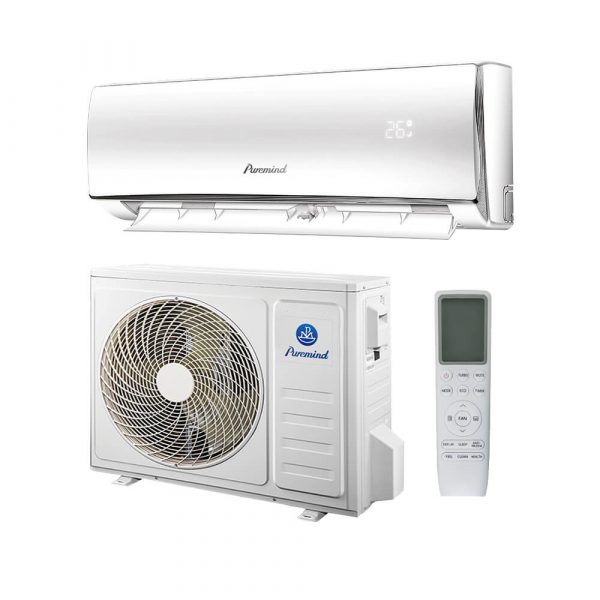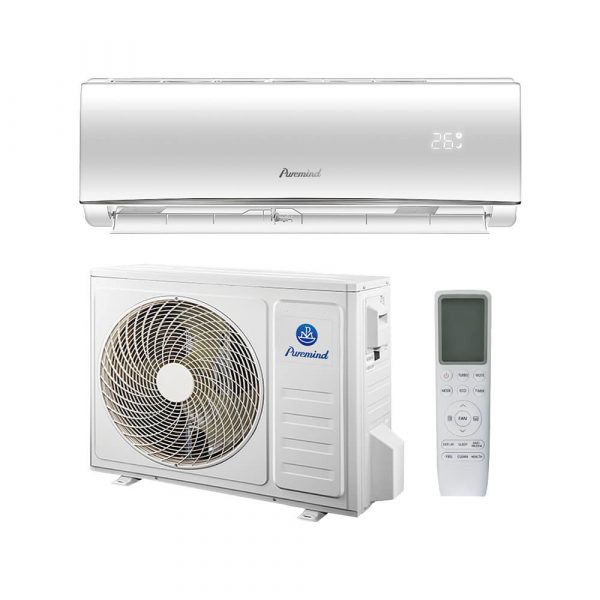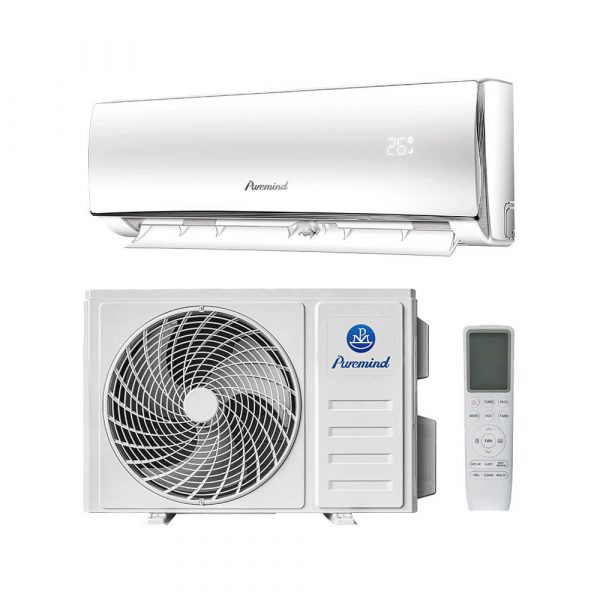Installing a Mini Split Air Conditioner – Distributor’s Complete Guide
Installing a mini split air conditioner is one of the fastest-growing HVAC practices worldwide. For wholesalers, suppliers, and distributors, understanding the installation process, costs, and benefits is essential to support contractors and customers. This guide explains step-by-step installation, market insights, and strategies distributors can use to boost sales in the ductless HVAC sector.
Introduction: Why Mini Split Installations Are Growing
Global HVAC demand is shifting toward ductless technology. Mini splits provide energy-efficient, zone-specific comfort without requiring ductwork. Contractors and homeowners want to know more about mini split AC installation, while distributors benefit by offering high-quality products that align with these market needs.
What Is a Mini Split Air Conditioner?
A mini split is a ductless heating and cooling system with two main components: an outdoor condenser and one or more indoor air handlers. Connected by refrigerant lines, these systems deliver efficient comfort. Unlike central HVAC, mini splits avoid duct losses and allow customized temperature control.
Core System Components
- Outdoor Unit: Compressor, condenser coil, and fan.
- Indoor Unit: Evaporator coil, air filter, and blower fan.
- Refrigerant Lines: Connects indoor and outdoor units.
- Expansion Valve: Controls refrigerant flow and pressure.
- Controller: Remote or Wi-Fi-enabled thermostat.
Installing a Mini Split Air Conditioner: Step by Step
Explaining installing a mini split air conditioner requires breaking down the process:
- Site Assessment: Contractor evaluates room size, capacity needs, and placement of units.
- Mounting Indoor Unit: Air handler is mounted on a wall or ceiling with a secure bracket.
- Outdoor Unit Installation: Condenser is placed on a pad or wall mount with airflow clearance.
- Refrigerant Line Setup: Copper tubing runs through a small hole to connect indoor and outdoor units.
- Electrical Connections: Wiring is completed per safety codes and manufacturer guidelines.
- Vacuum & Charge: Air and moisture are removed, and refrigerant is charged.
- Testing the System: Contractor checks heating, cooling, and airflow for efficiency.
Installation Costs Explained
One of the most common questions distributors hear is: “What does installing a mini split air conditioner cost?” Average installed prices range from $1,500 to $7,500 depending on system size and complexity.
Typical Price Ranges
- Single-Zone Systems: $1,500 – $3,000 installed
- Multi-Zone Systems: $3,500 – $7,500 installed
- Commercial Projects: $7,000+ depending on scale
Factors Affecting Installation Cost
When discussing installing a mini split HVAC system, cost depends on:
- System Capacity: Larger BTUs cost more.
- Number of Zones: More indoor units increase cost.
- SEER Rating: High-efficiency units carry premium pricing.
- Labor Rates: Regional labor costs impact final pricing.
- Installation Complexity: Ceiling cassettes or long refrigerant runs increase expenses.
Wholesale vs Retail Pricing
Distributors need to understand how equipment costs compare to retail installation pricing. A system retailing for $4,000 might only cost $2,200–$2,600 wholesale. This difference provides margin opportunities while allowing contractors to remain competitive.
Breakdown of Installation Costs
To fully explain mini split AC installation costs, here’s a breakdown:
| Component | Estimated Price |
|---|---|
| Outdoor Unit | $800 – $2,000 |
| Indoor Air Handler | $400 – $1,000 each |
| Refrigerant Lines & Materials | $200 – $500 |
| Labor | $1,000 – $2,500 |
| Electrical Work | $300 – $600 |
Applications for Mini Splits
Mini splits are installed in a variety of environments:
- Residential Homes: Bedrooms, living rooms, and home offices.
- Commercial Buildings: Offices, restaurants, and shops.
- Hospitality: Hotels offering customized comfort per room.
- Educational Facilities: Schools needing efficient climate control.
Market Insights for Distributors
According to the Energy Star program, ductless systems reduce energy consumption by up to 30% compared to central systems. This drives customer demand for mini split installations. Distributors who understand installation details can better support contractors and increase product adoption.
Market Growth Drivers
- Rising energy prices
- Government rebates and incentives
- Retrofit-friendly HVAC solutions
- Consumer demand for comfort and efficiency
Best Practices for Distributors
Distributors play a key role in ensuring smooth installation mini split air conditioner projects. Supporting contractors with resources builds trust and loyalty.
- Provide training and technical support for contractors.
- Bundle systems with smart thermostats for added value.
- Highlight rebates and financing opportunities.
- Offer marketing materials showcasing installation benefits.
Comparing Installation Costs to Other HVAC Systems
Distributors can help customers understand costs by comparing alternatives:
| System Type | Average Installed Cost | Efficiency |
|---|---|---|
| Window AC | $500 – $1,000 | Low |
| Central HVAC | $5,000 – $10,000 | Moderate with duct losses |
| Mini Split AC | $1,500 – $7,500 | High with inverter technology |
Installation and Maintenance Considerations
Mini split installation costs are only part of ownership. These systems require simple maintenance, such as cleaning filters and annual checkups. For distributors, this is a selling point—contractors can promise customers long-term value with minimal upkeep.
Where to Source Mini Split Air Conditioners
Wholesalers and distributors can find a wide range of split air conditioners suitable for mini split AC installation at this supplier page. Reliable suppliers ensure warranty coverage, consistent quality, and competitive pricing.
The Future of Mini Split Installations
The future of HVAC is ductless. With increasing efficiency requirements and consumer awareness, installing a mini split air conditioner will continue to gain popularity. Distributors who prepare now with strong product portfolios and contractor support will thrive in this expanding market.
Conclusion
Installing a mini split air conditioner is more than a technical process—it’s a market opportunity. For wholesalers, suppliers, and distributors, understanding installation, costs, and benefits means being better prepared to meet demand. By providing insights, offering reliable systems, and supporting contractors, distributors can expand sales and strengthen their presence in the HVAC industry.







